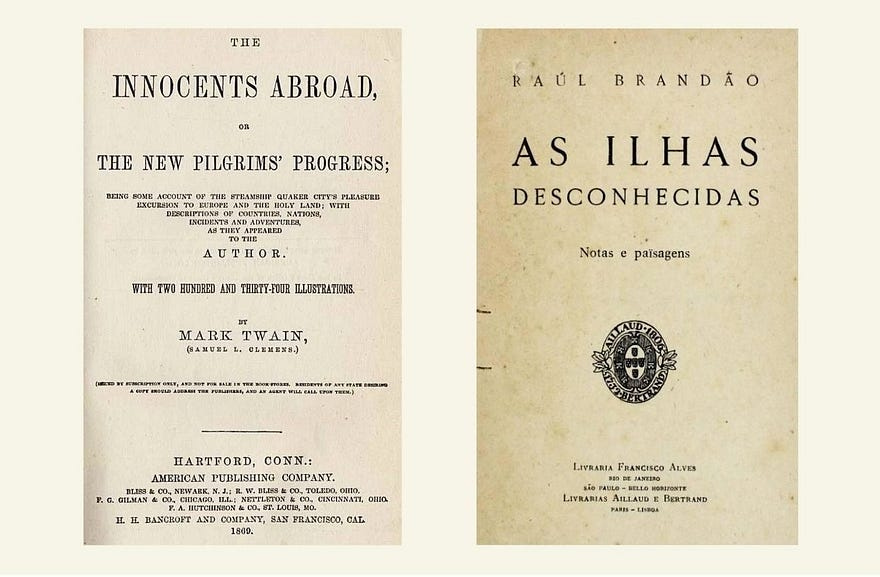How a 'Monstrous' Hood Shocked Writers From Both Sides of the Atlantic
Mirrored literary visions of the Azorean 'capote' in Mark Twain and Raul Brandão Travelogues

The capote e capelo was a traditional garment worn by women in all the islands of the Azores until the outfit fell into disuse around the 1930s.
Nowadays, the capote has become a symbol of Azorean culture, an heirloom vacuum-sealed and treasured as a relic by some families, as I had the chance to witness in my last visit to Faial.
I have been to the Azores several times, and I’m profoundly fascinated by the archipelago and its people. During my last visit to Horta in Faial, I took with me only two books, and it was during my time on the island, I noticed all the intricate parallelism and mirrored analogies between both travel books.
The most striking analogy I’ve uncovered lies in the way the capote e capelo serves almost as a focal point in Mark Twain and Raul Brandão’s description of life on Faial island.
Twain, with his often satiric gaze, offers the outsider’s perspective in The Innocents Abroad¹ while Brandão, a Portuguese novelist, delivers a more intimate account in As Ilhas Desconhecidas (The Unknown Islands).²
While reading about the time when the authors visited Horta, I could sense how, despite having differing viewpoints, they describe the capote using similar references, language, and even imagery to the point where we find the same words in both texts.
This study is my contribution to a better understanding of how a piece of clothing becomes a cultural artifact under various literary lenses.





